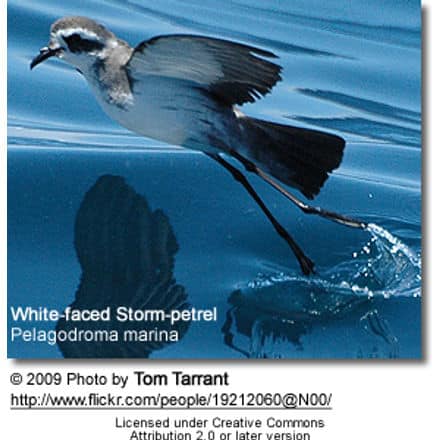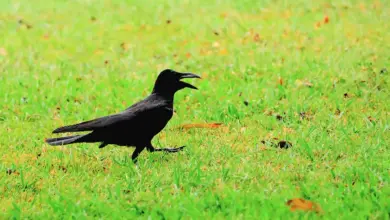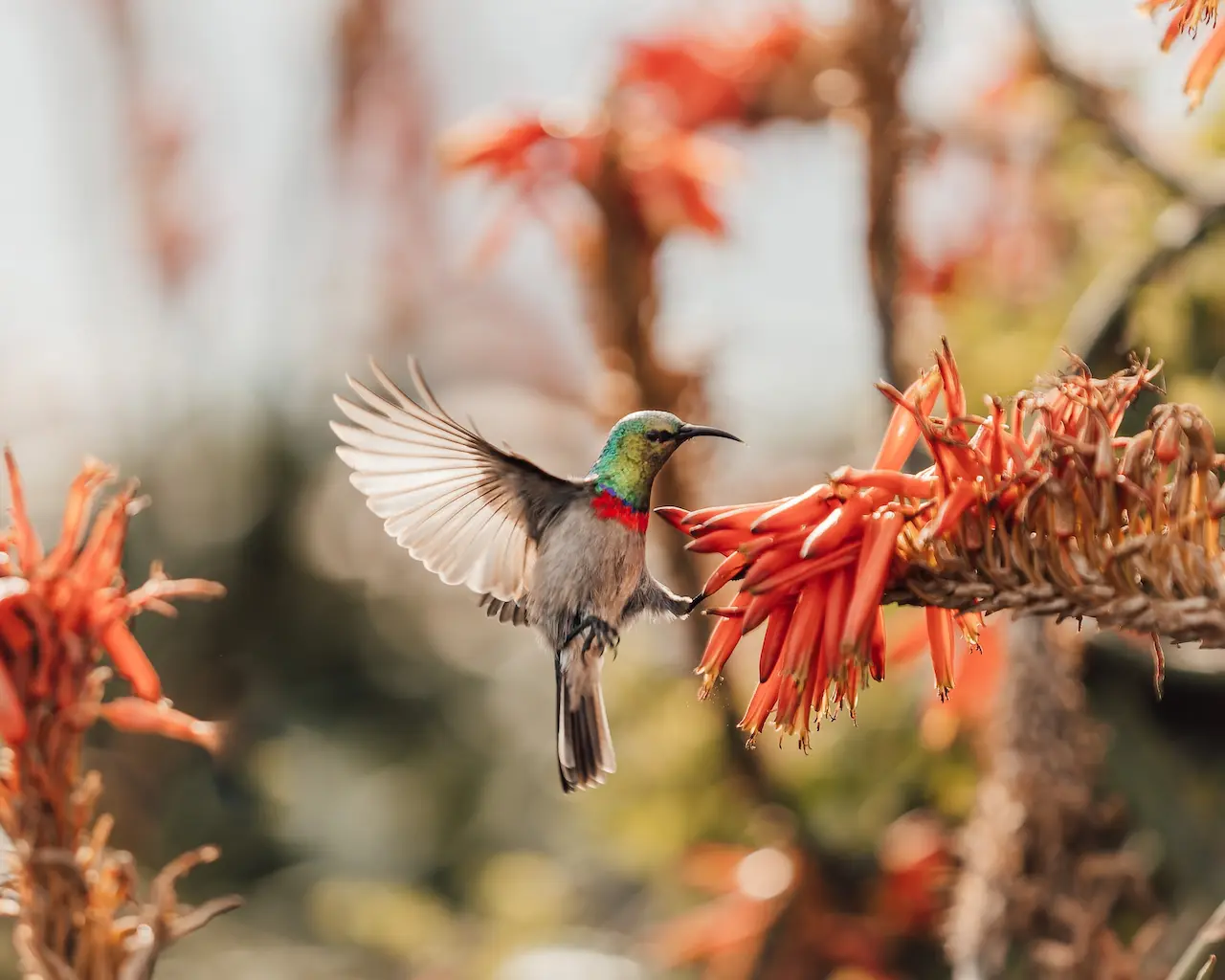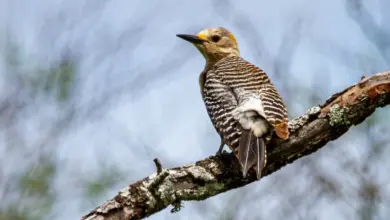White-throated Screech Owl
The White-throated Screech Owls (Megascops albogularis) occur naturally in the South American countries of Venezuela south through Colombia, Ecuador, Peru and Bolivia; where they are mostly resident (non-migratory).
They typically inhabit humid evergreen montane forests, favoring open forests, forest edges or clearings – especially with epiphytes and bamboo trees.
Subspecies and Ranges
- Megascops albogularis albogularis
- Range: Colombia and northern Ecuador, in the eastern Andes mountain range
- Megascops albogularis aequatorialis
- Range: Eastern Ecuador
- Megascops albogularis obscurus
- Range: Northwestern Venezuela in the Sierra de Perija mountain range
- Megascops albogularis meridensis
- Range: Western Venezuela (in the Andes mountain range)
- Megascops albogularis macabrum
- Range: Colombia, Ecuador and northern Peru in central and western Andes
- Megascops albogularis remotus
- Range: Peru to central Bolivia (Cochabamba in the eastern Andes mountain range)
Description
The White-throated Screech Owls is the largest species of the genus Megascops, measuring between 7.5 – 10.5 inches (19 – 27 cm) in length – including the tail; and weighing on average 6.6 oz (185 grams).
The head and upper plumage is dark-rufous brown mottled with black and tiny white and rufous spots. The facial disc is dark with a distinctive white “moustache” and white below and above the eyes.
The wings and the tail are finely barred. The chest is dark brown spotted tawny and the abdomen tawny buff with some broken bars. The eyes (irises) range in color form yellow to orange.
Diet / Feeding
The Western Screech Owls eat various larger insects, such as beetles, moths, crickets, grasshoppers and cicadas, which makes up more than half of their diet.
They will also hunt small mammals, such as rodents, bats, shrews up to the size of rabbits; and birds ranging from chickadees, sparrows, warblers up to the size of a pigeon.
On occasion, they will also take earthworms, reptiles (small snakes, lizards even baby soft-shelled turtles) and amphibians (frogs, toads, etc.).
As is typical of owls, they are active at night or near dusk – with most hunting being done during the first hours of darkness. They use their excellent hearing and night vision to locate prey.
They usually watch from a perch and swoop down when prey is spotted and seize their prey with their well-developed raptorial claws (talons). They are also capable of catching insects or small birds in flight.
Smaller prey is usually swallowed whole on the spot; while larger prey is typically carried to the nests or roosting place where they use their claws and the curved bill to tear the prey into pieces that are small enough for them to swallow.
Every day, they expel about 2 – 4 medium-sized, compact, dark grey, oval pellets that are about 1.5 – 0.75 inches (3.8 – 1.9 cm) in diameter. These pellets are composed of indigestible parts of its prey – such as fur, feathers, bones, teeth and chitin.
Nesting / Breeding
They usually nest in spring.
White-throated Screech Owls may nest in various places, including on the ground, in tree cavities or even in cup nests. They may use the abandoned nests of other birds, such as woodpeckers, and are likely to reuse the same nesting site year after year.
Pairs are monogamous, mating for life; however, they will accept a new mate if their previous mate disappears. Males will defend small territories around their nest sites.
The average clutch consists of 3 – 4 eggs. The female does most of the incubation (brooding of the eggs) which lasts about 26 days to hatching. The male is responsible for feeding the nesting female.
Once the young hatched, the female will tear food up into smaller sizes to feed to the young. Due to nest predation, only one young is likely to survive to fledging, which occurs about 31 days after hatching.
They usually only produce one clutch a season; but may produce a second, if the first clutch is lost.
Alternate (Global) Names
Chinese: ???? … Czech: Výrecek belohrdlý, výre?ek b?lohrdlý … Danish: Hvidstrubet Dværghornugle … Dutch: Witkeelschreeuwuil … Estonian: valgekurk-päll … Finnish: Valkokurkkupöllönen … German: Weißkehleule, Weißkehl-Kreischeule … French: Petit-duc à gorge blanche, Scops à gorge blanche … Italian: Assiolo golabianca … Japanese: nodojiroookonohazuku … Norwegian: Andesugle … Polish: syczek bialogardly, syczek bia?ogard?y … Russian: ?????????? ?????, ???? ?????????? ????? … Slovak: výrcek bielohrdlý, výr?ek bielohrdlý … Spanish: Autillo de Garganta Blanca, Autillo Gorgiblanco … Swedish: Vitstrupig dvärguv
More Owl Information
- Owl Information
- Index of Owl Species with Pictures
- Owl Eyes / Vision Adaptations
- Pygmy Owls
- Barn Owls
- Horned Owls
- Scops Owls




